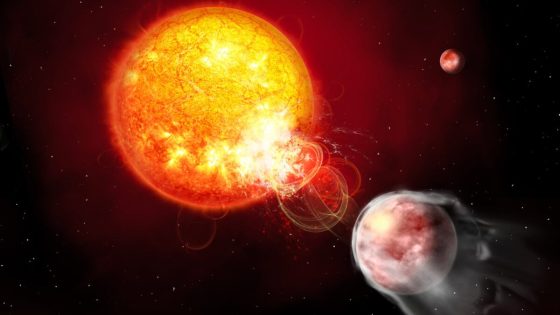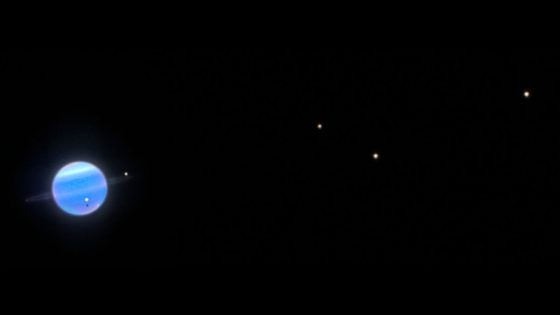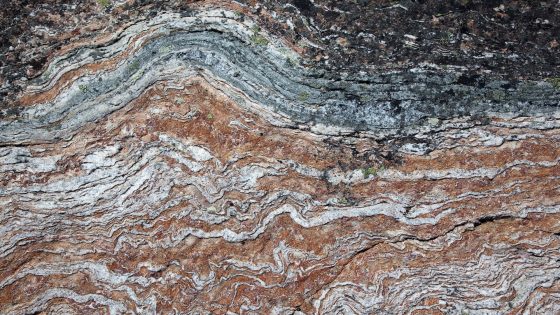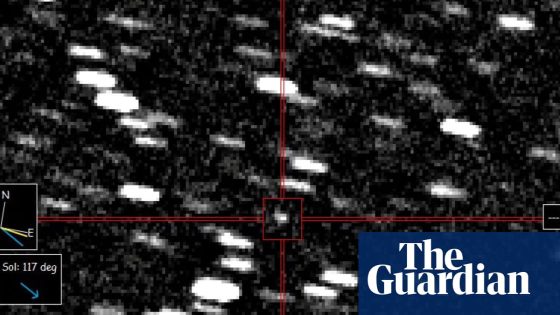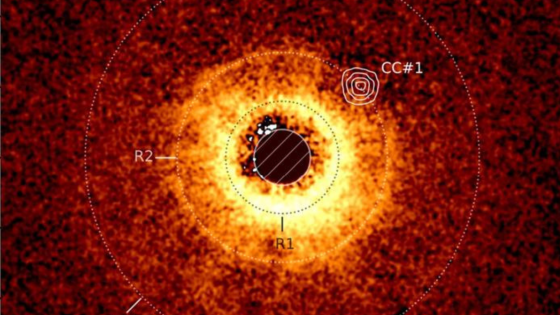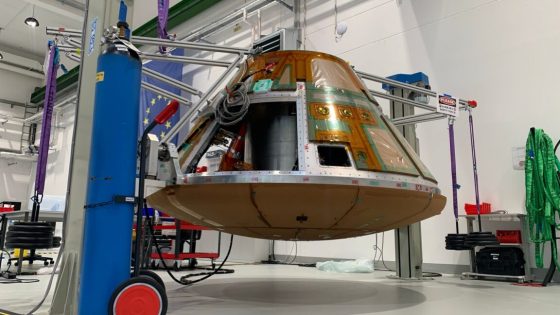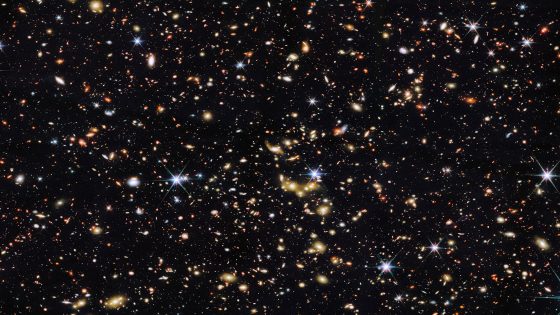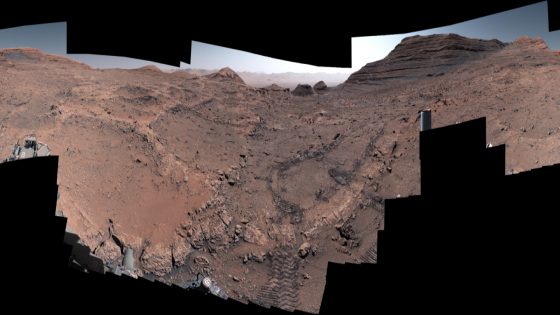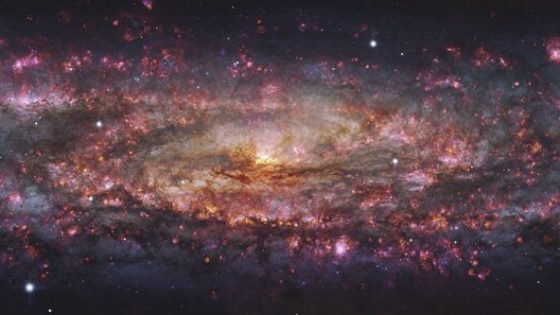A newly discovered exoplanet is causing a stir in the scientific community due to its bizarre interaction with its host star. This relationship, marked by violent energy exchanges, highlights the complexities of exoplanetary systems. On July 2, 2025, researchers published findings on HIP 67522 b, a planet that appears to be triggering massive flares from its young star.
- Young star and planet in toxic relationship
- HIP 67522 b triggers energetic stellar flares
- Planet's density compared to candy floss
- Close orbit leads to rapid mass loss
- Follow-up observations planned for further study
Using the European Space Agency’s Cheops mission, astronomers from the Netherlands Institute for Radio Astronomy revealed that HIP 67522 b is not just any planet; it’s one of the lightest exoplanets known, with a density akin to candy floss. The planet’s proximity to its star results in intense energy waves that lead to flares 100 times more powerful than previously expected.
This discovery raises intriguing questions about the dynamics of young star systems. How do such interactions shape the evolution of planets? The findings suggest that HIP 67522 b may be hastening its own demise through these energetic exchanges. Key points include:
- The planet orbits its star every seven days, exerting a magnetic influence.
- Flares from the star are significantly more energetic than anticipated.
- The planet could shrink from Jupiter-sized to Neptune-sized within 100 million years.
As astronomers continue to explore such unique star systems, we may uncover more about the intricate dance between planets and their stars, paving the way for future discoveries in astrophysics.



